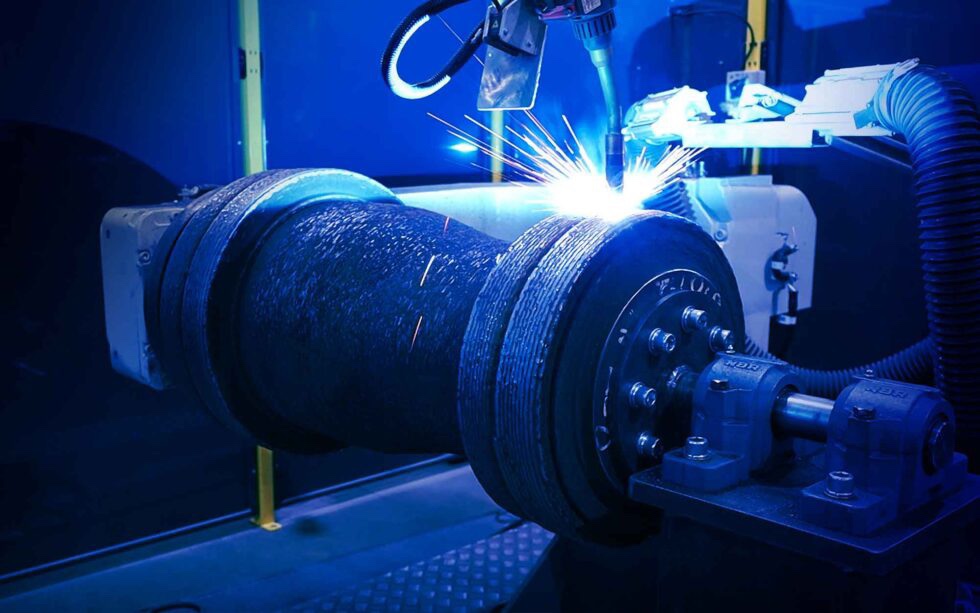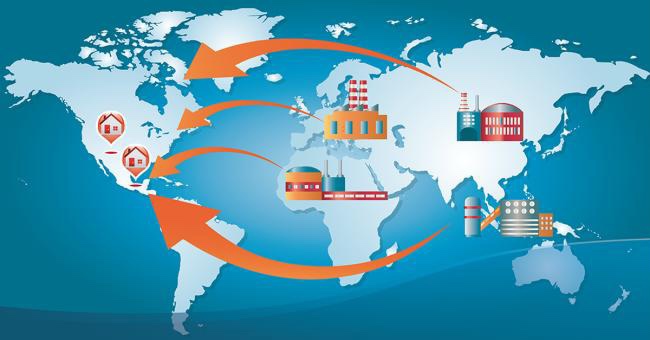The main macroeconomic problem that industrialized nations have always faced is that, in industrialized economies, monetary value is tied to the inherently volatile, supply/demand-driven fluctuations of specific groups of commodities. What these commodities are has changed throughout history, but since around the beginning of the 20th century, fossil fuels have obviously been the ones with the greatest significance for the rest of the global economy.
ERoEI and the End of Cheap Fossil Fuels
If any one concept can sum up why this has always been the case, it is ERoEI: energy returned on energy invested. The use of fossil fuels has amplified humanity’s return on its energy investments to an extent unimaginable in all eras prior to mass industrialization, especially since the reign of petroleum began.
In other words, in aggregate, humanity has increasingly been able to get more energy resources back from its total extraction of the planet’s hydrocarbon reserves than it has used. Put more simply, the amount of fossil fuel we’ve extracted has, in the long run, continuously outpaced the fossil fuel we’ve used in the process of extracting more. Since we’ve started using oil and natural gas, especially, humanity’s collective ERoEI has always increased.
That era seems to finally be ending, and this uniquely pivotal development has itself led to a number of other, pivotal developments. Many of these, nowadays, are at the center of the daily news cycle: e.g., the sometimes successful pushes for more renewable energy, the supply chain “disruptions” that now seem to be permanent fixtures in global commerce. However, at least one such development still appears to be flying under the radar in terms of its connection to the era of the end of cheap energy. This is the slow but steady rise of the additive manufacturing (AM) sector.

There is an increasing recognition, at least amongst academics, financial analysts, and the like, that one of the main advantages to AM is its potential to “increase efficiency”, “curb emissions”, and so forth. In spite of that, the same groups of individuals still continue to mostly overlook the connection between the rise of AM as a proper industry — rather than simply as an exciting new technology — and the dwindling supply of easily accessible, relatively cheap oil and gas.
In this sense, observers of the sector are simply reproducing the conflation that exists in society-at-large between “sustainability,” as an environmental issue, and pure economic efficiency: reduction of the inputs used in the industrial process. That is, using fewer hydrocarbon inputs per object produced might aid in the cause of reducing carbon emissions. But it also might not, if overall consumption also isn’t curbed. In any case, the point is that emissions reductions and hydrocarbon input reductions are two individual, albeit related problems. Any true connection between the two resides in a given project’s ERoEI and what it can tell us about the extent of that project’s dependence on cheap fossil fuels.

3D Printing’s ERoEI
The rise of AM is, above all, an energy issue, because the technology has the potential to affect humanity’s need to manage its energy consumption from both the demand and supply sides. In terms of demand, it can help satisfy the increasing number of consumers who would prefer to buy from a company committed to sustainable practices if presented with the choice to do so, and also help push consumer preferences further in that direction. Concerning supply, if manufacturers deploying AM applications continue to scale up their use of the technology to series and mass production, AM could be one of the most significant tools available to global manufacturing sectors, for lowering the total carbon emissions created by human consumption.
Viewing the technology (and the sector) specifically in terms of ERoEI is the quickest shortcut towards seeing AM through an energy-use lens, and why its sustainability and its efficiency both have to be judged on those grounds. Fortunately for AM’s proponents, it seems possible that, in ideal circumstances, some AM applications would, per unit of output, fare better than their conventional counterparts in a competition over ERoEI. Unfortunately, the much tinier scale of the AM market as it currently stands means that it doesn’t come anywhere close to maximizing its potential for ERoEI, nor does it make anything resembling a dent in lowering global carbon emissions.
On the other hand, the recent skyrocketing prices of energy, driven by tight supply, Russia’s invasion of Ukraine, and seemingly unstoppable OECD demand for fossil fuels, have all compounded with one another, creating something of a perfect storm in energy markets across the board. This has led to a moment where it seems like the planet could finally be reaching a critical mass, in terms of recognizing the connection between energy consumption and all other intractable social problems.

Concerning AM, such recognition is evident in the now virtually unanimous consensus amongst the sector’s major constituents, that the technology is global industry’s best long-term bet for creating more reliable supply chains. In this sense, even if the explicit term “ERoEI” isn’t used, its fundamental significance is still being acknowledged. For instance, all references made by industry insiders to things like reshoring manufacturing, creating circular economies closer to the point of consumption, and on-demand production, are essentially calls to take advantage of AM’s ERoEI potential.
This initial post was necessary for a broad survey of the topics at hand. Going forward, further posts in the series will delve into more detail regarding the continuously developing relationship between the AM sector’s rise, and the end of cheap energy.
Subscribe to Our Email Newsletter
Stay up-to-date on all the latest news from the 3D printing industry and receive information and offers from third party vendors.
Print Services
Upload your 3D Models and get them printed quickly and efficiently.
You May Also Like
The Dental Additive Manufacturing Market Could Nearly Double by 2033, According to AM Research
According to an AM Research report from 2024, the medical device industry, specifically in dentistry, prosthetics, and audiology, is expected to see significant growth as these segments continue to benefit from...
Heating Up: 3D Systems’ Scott Green Discusses 3D Printing’s Potential in the Data Center Industry
The relentless rise of NVIDIA, the steadily increasing pledges of major private and public investments in national infrastructure projects around the world, and the general cultural obsession with AI have...
AM Research Webinar Explores Continuum’s Sustainable Metal Additive Manufacturing Powders
Metal additive manufacturing (AM) powder supplier Continuum Powders is working to develop solutions that empower industries to reduce waste and optimize their resources. An independent life cycle assessment (LCA) of...
3D Printed Footwear Startup Koobz Lands $7.2M in Seed Round
California-based Koobz is focused on reshoring the U.S. footwear supply chain with advanced manufacturing processes, including 3D printing. The startup just announced that it has added $6 million to its...
































